Premium Portuguese Natural Stone for Global Markets
Connecting stone producers in Portugal with construction professionals worldwide. We specialize in exporting high-quality cobblestone, granite, pebbles, and decorative materials to the U.S., Europe, and Middle East.
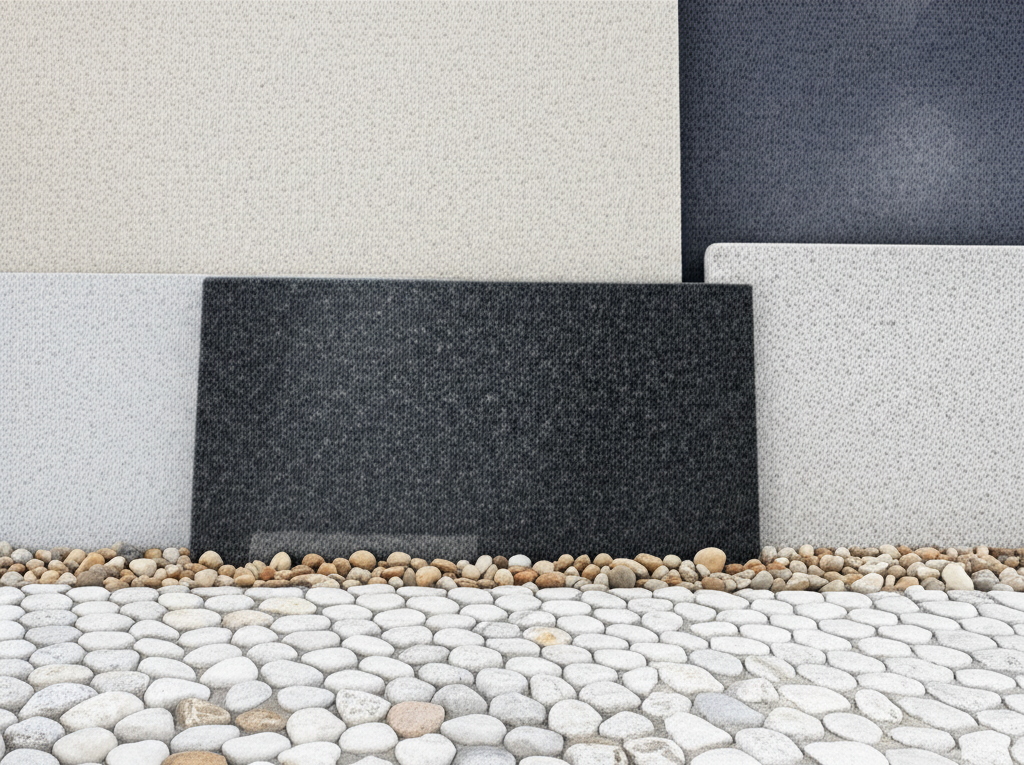
About StonesTrading
We are a leading B2B platform specializing in the export and commercial distribution of premium Portuguese natural stone products to construction professionals worldwide.
Serving construction professionals, architects, and landscapers across the U.S., Europe, and Middle East with premium Portuguese stone products.
Dedicated to connecting stone producers with wholesale buyers, contractors, and design professionals for large-scale projects and commercial applications.
Every stone product is carefully selected and quality-tested to meet international standards and exceed customer expectations in durability and aesthetics.
Our Product Categories
Premium Portuguese natural stone products for construction, landscaping, and architectural applications.
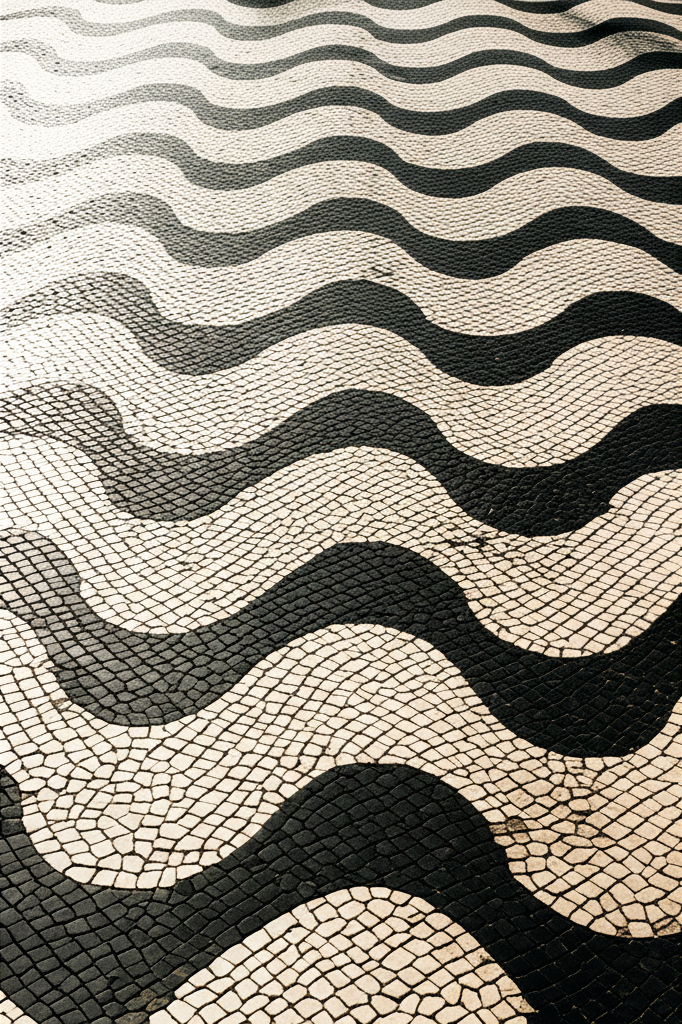
- Various sizes available
- Weather resistant
- Historic authenticity
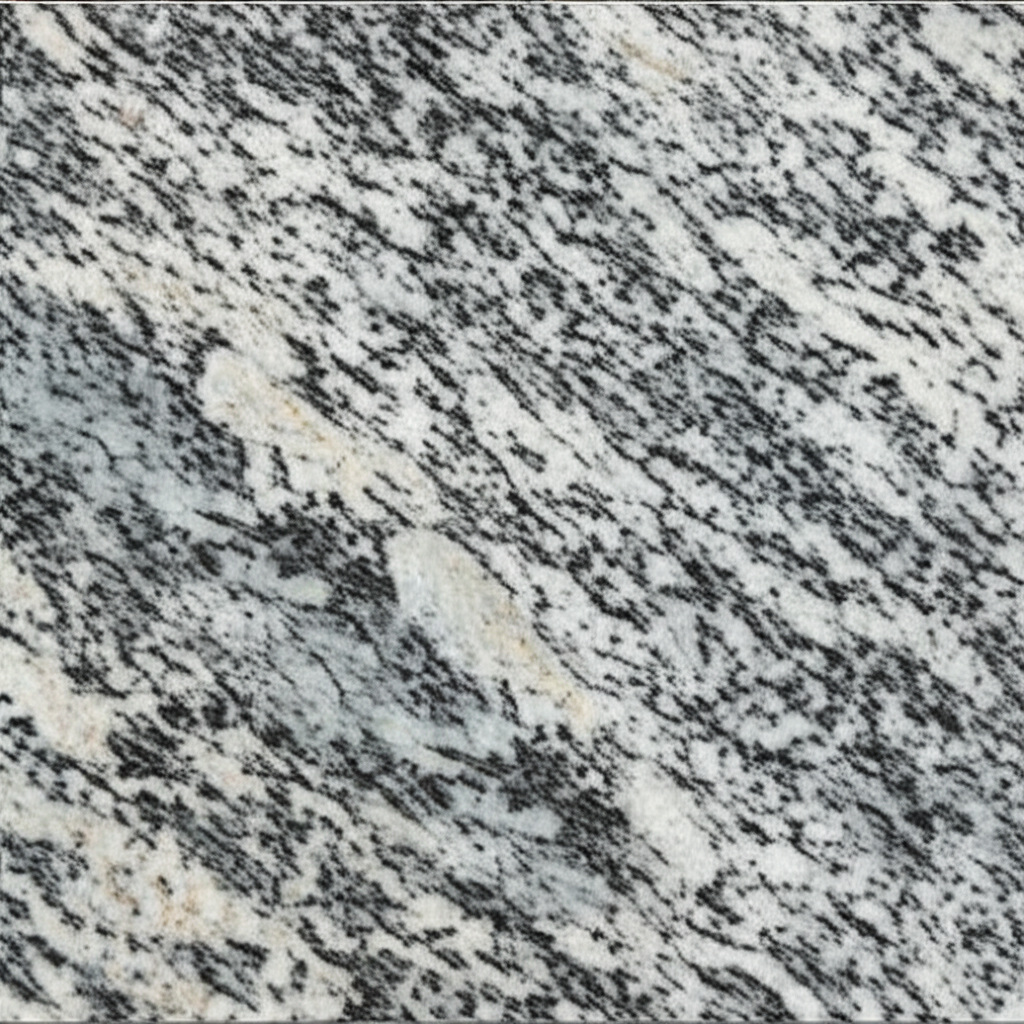
- Multiple finishes
- Exceptional durability
- Custom dimensions
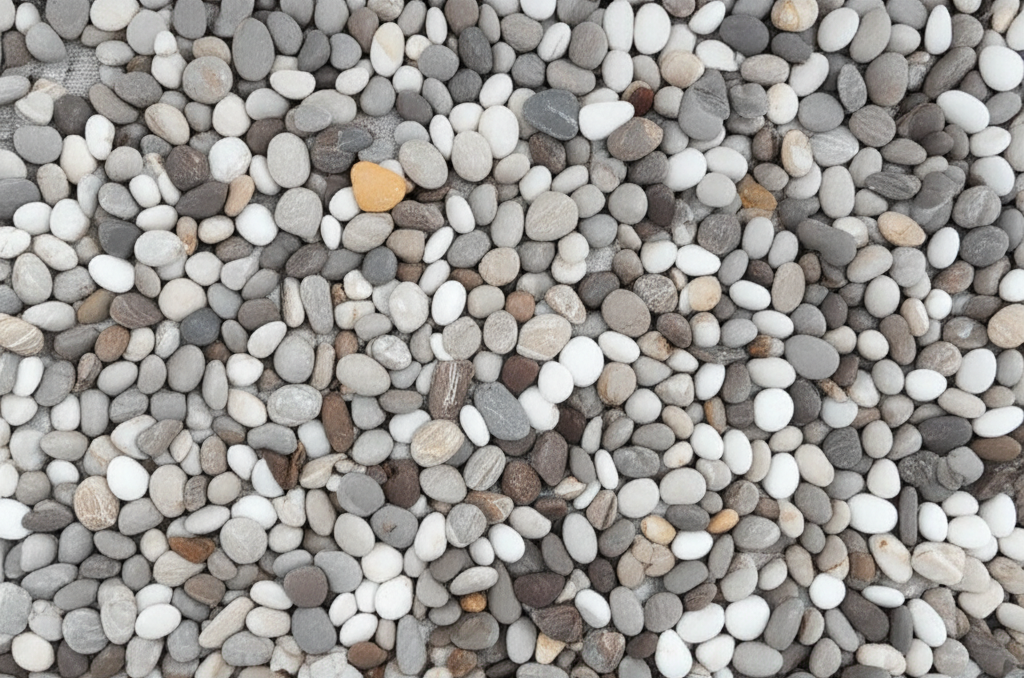
- Various colors & sizes
- Smooth finish
- Landscaping ready

- Distinctive veining
- Polished or honed finishes
- Ideal for high-end projects
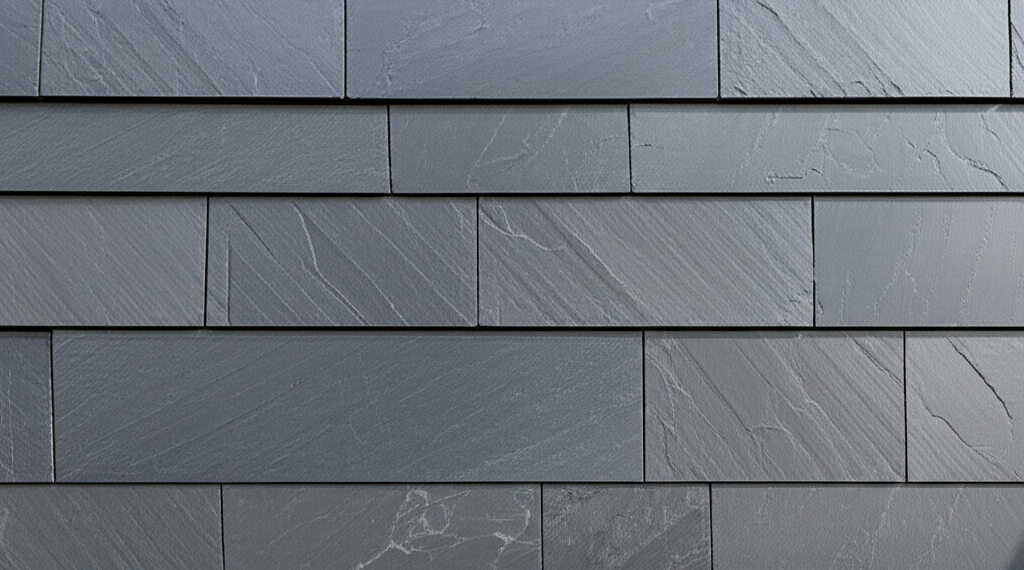
- Rich texture and color
- Durable and weather-resistant
- Easy to install panels
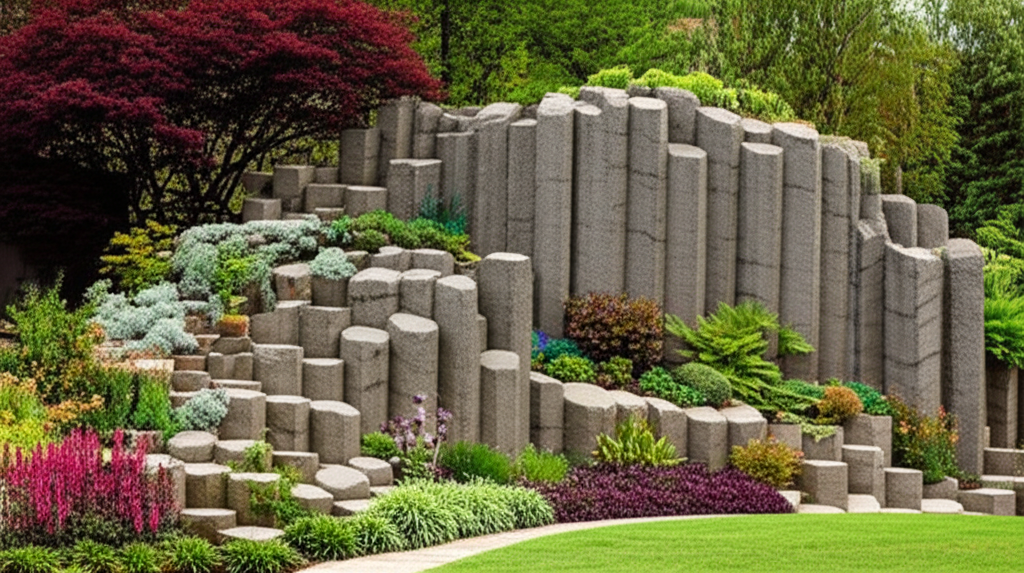
- Natural hexagonal shape
- Extremely durable
- Unique garden features
Why Choose StonesTrading
We provide unmatched quality, reliability, and service in the natural stone export industry.
Global Logistics
Efficient shipping and logistics to U.S., Europe, and Middle East markets.
Premium Quality
Rigorous quality control ensures only the finest Portuguese stone products.
Reliable Delivery
On-time delivery with secure packaging for international shipments.
Expert Support
Dedicated B2B support team with deep industry knowledge and expertise.
Certifications & Quality
All our products meet rigorous international quality and sustainability standards.
Featured Projects
Discover some of our most iconic projects around the world, where Portuguese natural stone has transformed urban and architectural spaces.
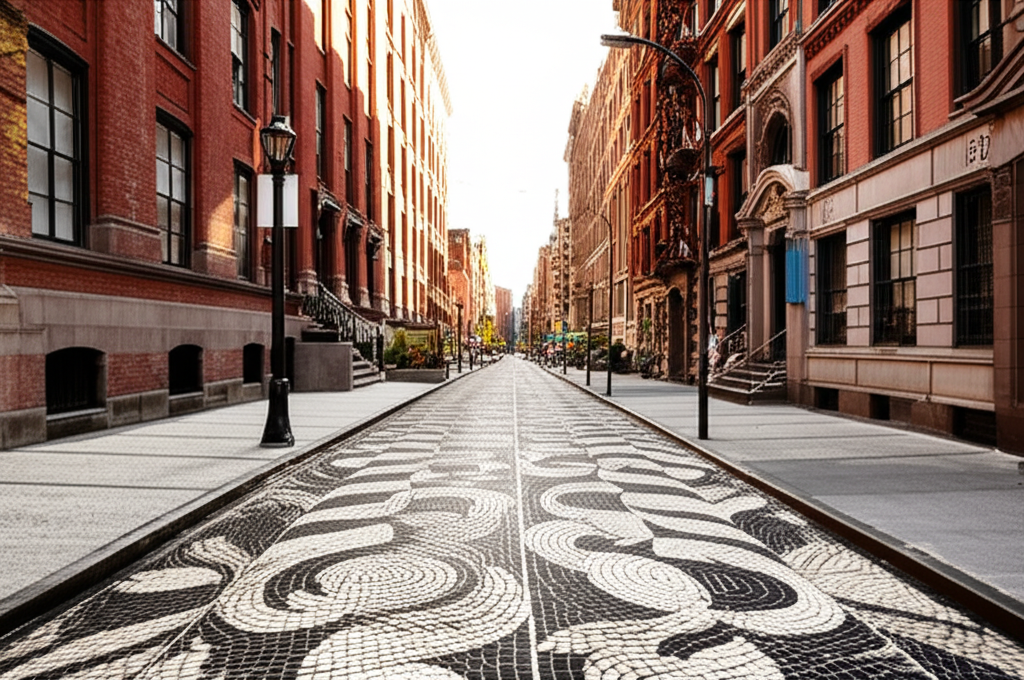
Portuguese Cobblestone – New York
Transformation of a historic pedestrian area in Manhattan with authentic Portuguese cobblestone, creating a unique environment that combines European tradition with New York modernity.
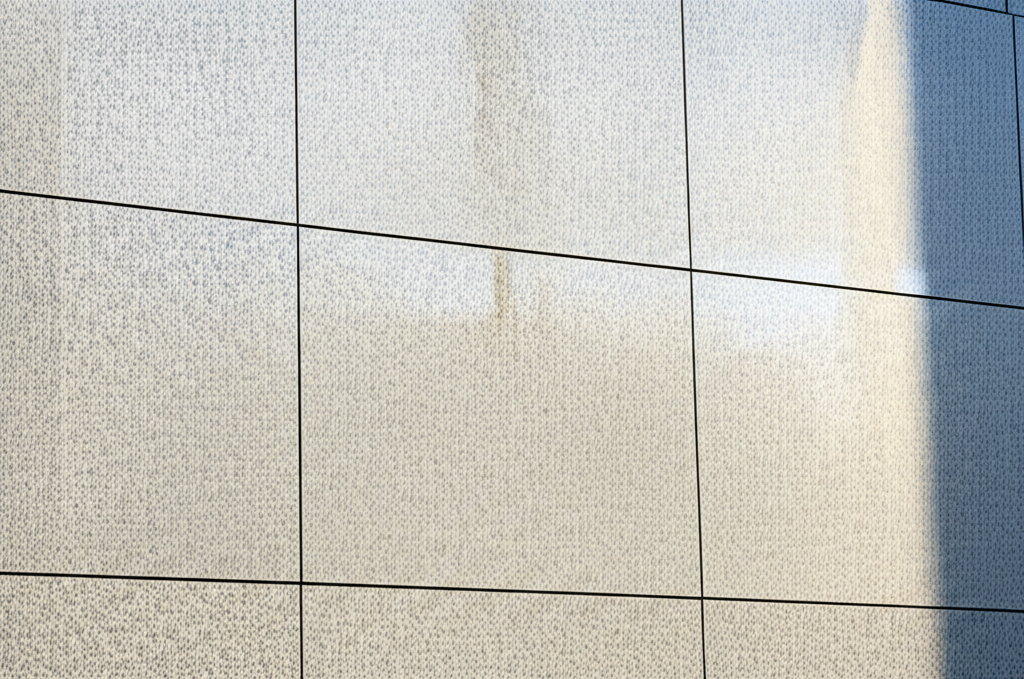
Corporate Tower – Dubai
Corporate tower facade cladding with premium Portuguese granite, providing exceptional elegance and durability in the challenging Middle Eastern climate.
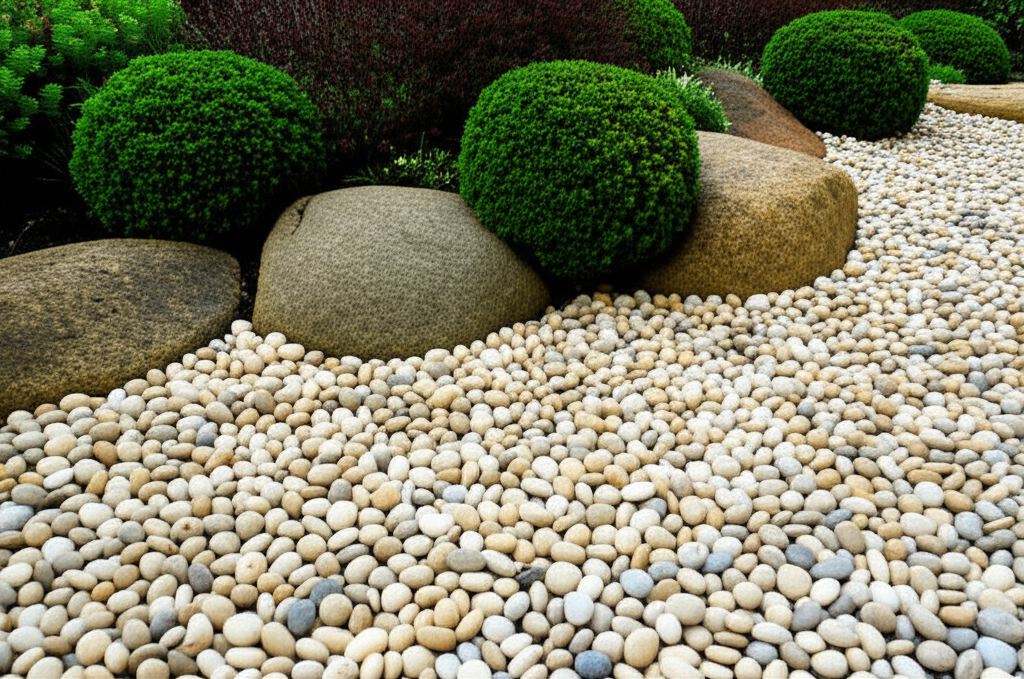
Boutique Hotel – London
Sophisticated boutique hotel landscaping with Portuguese decorative stones and marble, creating an urban oasis that combines nature and luxury in the heart of London.
Frequently Asked Questions
Answers to the most common questions about our products and services.
Our minimum order varies by product type: 20 tons for Portuguese cobblestone, 15 tons for granite and marble, and 10 tons for decorative stones. Contact us for special conditions on large-scale projects.
Yes, we ship throughout the United States. We have established logistics partnerships on both the East Coast (New York and Baltimore ports) and West Coast (Los Angeles and Long Beach) to ensure efficient deliveries.
Maritime shipping time is 12-15 days to the US, 5-8 days to Europe, and 18-22 days to the Middle East. We always include an additional 2-3 days for processing and loading at the port of origin.
We offer custom cutting and finishing for granite, marble, and slate. For Portuguese cobblestone, we have various standard sizes, but we can also produce specific dimensions with a minimum order of 25 tons.
Yes, our specialized technical team offers complete consulting for architects and engineers, including technical specifications, quantity calculations, installation recommendations, and support throughout the entire project.
Our Global Presence
Our global network connects Portuguese quality with leading international markets.
United States
Over 50 satisfied clients
East and West Coast
Europe
Trusted partner for 25 years
UK, Germany, France
Middle East
Reference architectural projects
Dubai, United Arab Emirates
Client Testimonials
Trusted by construction professionals and architects worldwide.
"StonesTrading delivered exceptional Portuguese cobblestone for our historic district renovation. The quality exceeded our expectations and the logistics were flawless."
"Outstanding granite quality for our commercial project in Dubai. Professional service and competitive pricing made them our preferred stone supplier."
"Reliable partner for our landscaping projects across Europe. Their decorative pebbles and stones consistently meet our high standards."
Get in Touch
Ready to discuss your natural stone requirements? Contact our B2B team for a personalized quote.
Contact Information
Our Markets
United States
East & West Coast
Europe
UK, Germany, France
Middle East
UAE, Saudi Arabia
Other Markets
Contact us